Love them or hate them, Huawei has been one of the pioneers of smartphone photography for the last couple of years. Their collaboration with Leica, their advancement in low-light photography, paved the way for smartphone photography as we know it today. And almost all of them have been led by the smartphones in the company’s P-series.
That’s why it’s always interesting to see a new Huawei P-series smartphone. This year, it’s called the Huawei P40 series, and I got to spend a hot minute with one of their more capable devices, the Huawei P40 Pro.
The Huawei P40 Pro sits in the middle of Huawei’s new lineup between the basic Huawei P40 and the range-topper Huawei P40 Pro+. But, that’s not to say the P40 Pro isn’t a capable device—in fact, there really isn’t too much that separates the P40 Pro from the P40 Pro+.
What’s new?
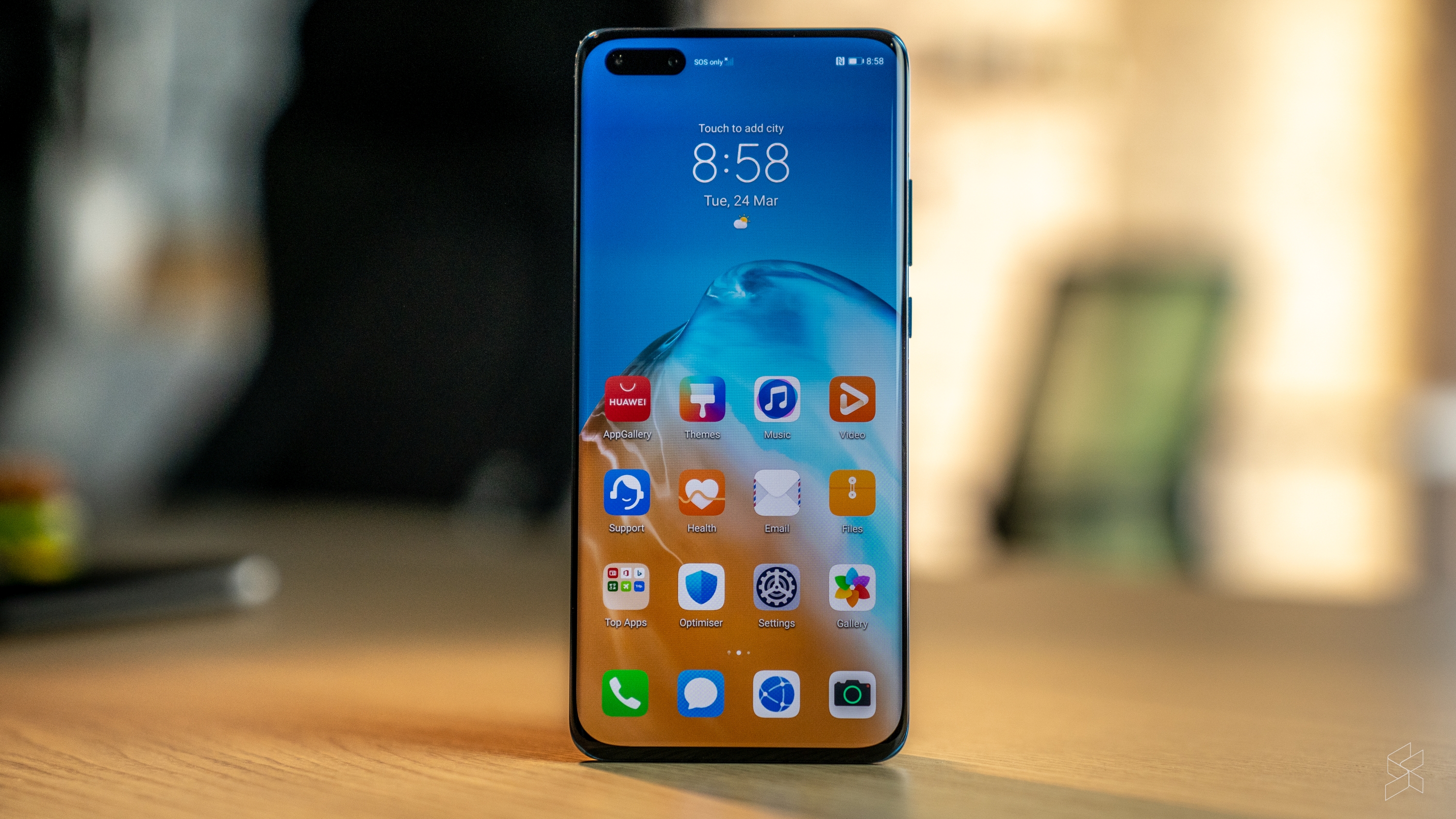
Well, the specs, for starters. It’s a new flagship, so you’re going to be getting the latest specs that Huawei has to offer and that includes a Kirin 990 5G processor that’s mated to 8GB of RAM and 256GB of internal storage. There’s also a 4,200 mAh battery with support for 40W fast-charging and 27W fast wireless charging. None of which I would classify as surprising—it’s a pretty standard flagship update by now.
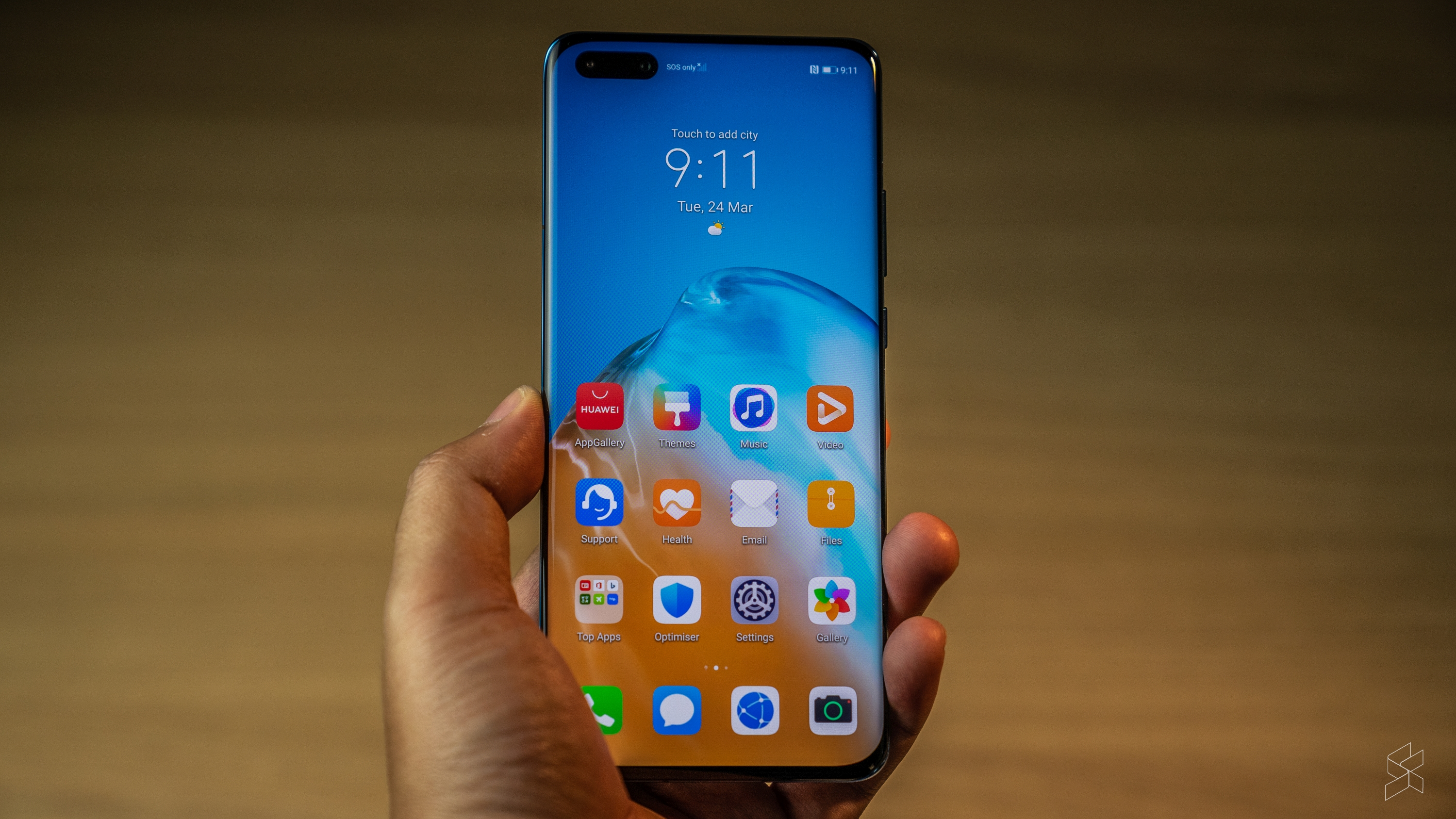
What was surprising, is the new display. Now, you’re getting a 6.58″ OLED screen with a 90Hz refresh rate, so even Huawei’s jumping on that bandwagon now. What was perhaps more interesting to me was the fact that this screen has a slightly unconventional aspect ratio. It has a resolution of 2640×1200, which is a little more than Full HD, but that also means that it has an aspect ratio of 22:10. This means it’s a little wider than most smartphones.
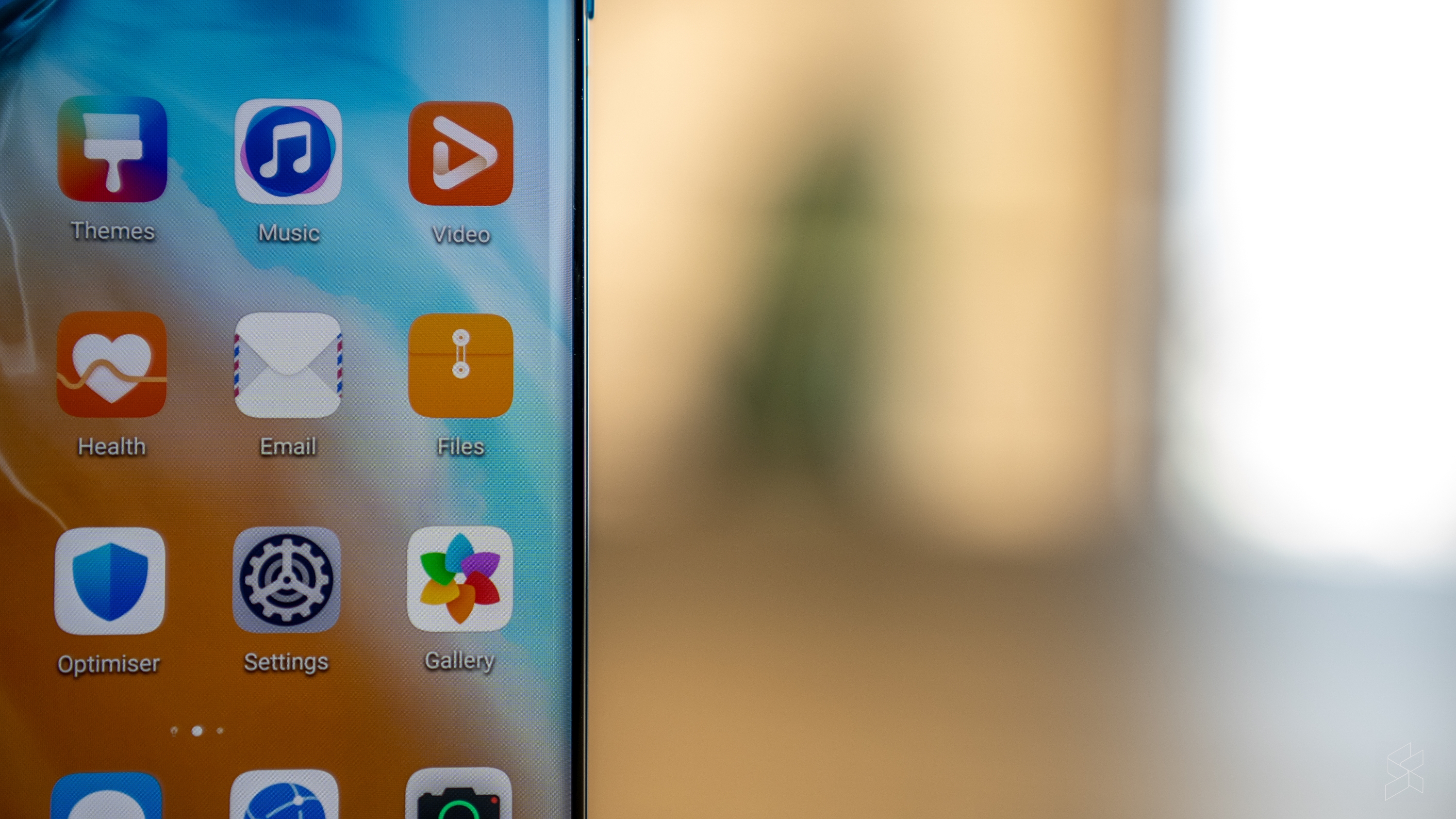
Perhaps this is to accommodate the new screen design Huawei has implemented. The company is calling it the Quad-curve Overflow Display, which means that it doesn’t just curve at the sides, but also at the top and bottom. Thankfully, they did not get rid of the volume rocker like they did on the Huawei Mate 30 Pro, so you still get proper buttons here.
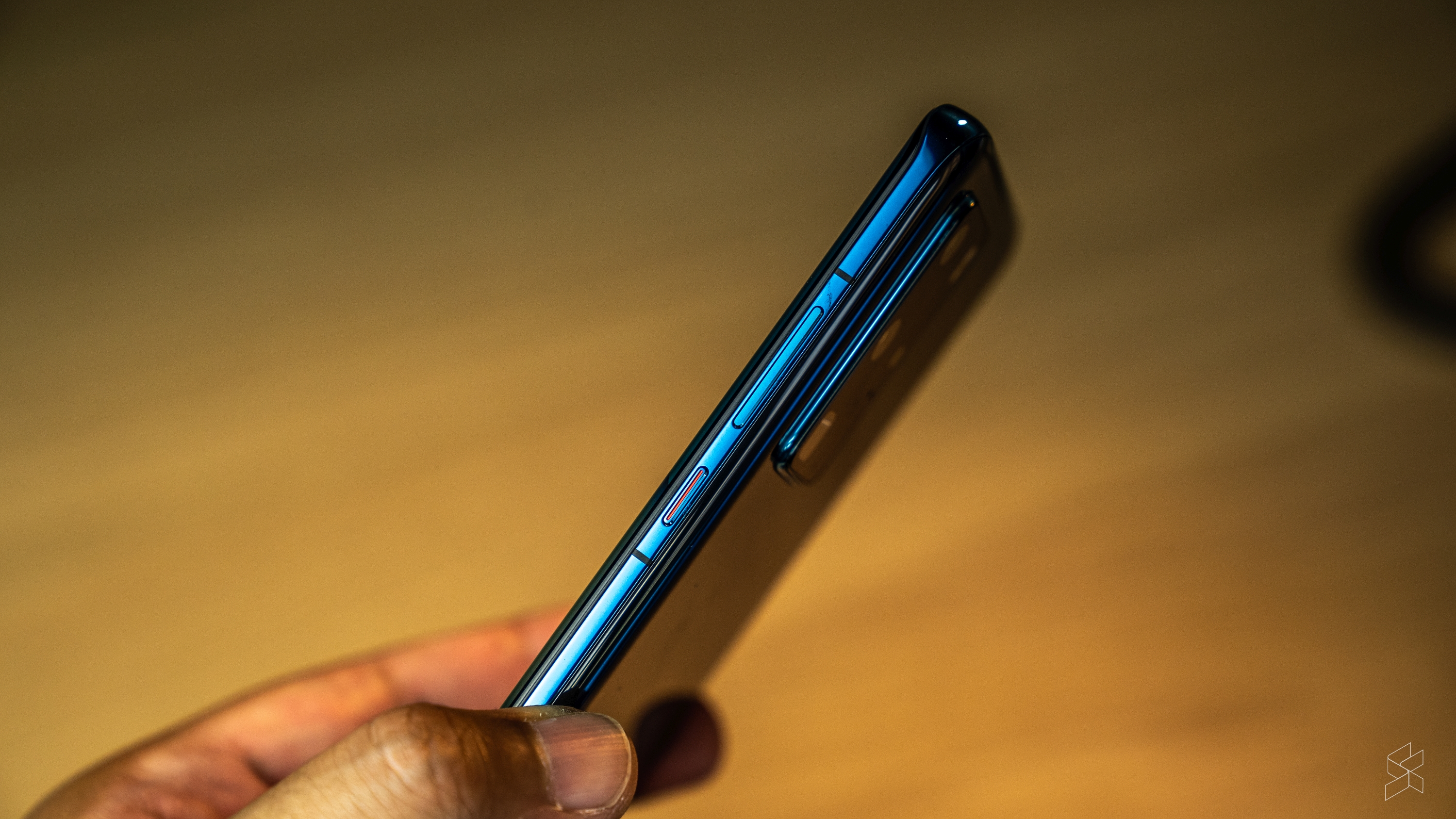
It’s interesting that Huawei has gone down this route of adding even more curves to their smartphone, when companies like Samsung who popularised the curved display smartphone are shying away from it. Does it actually help ergonomics? Or will it make it worse? Only time will tell.
What I can tell you is that if you’re worried about dropping this phone on its corner and cracking the screen, Huawei has little bumpers at all four corners of the smartphone to help reduce that risk.
Then, there’s the camera
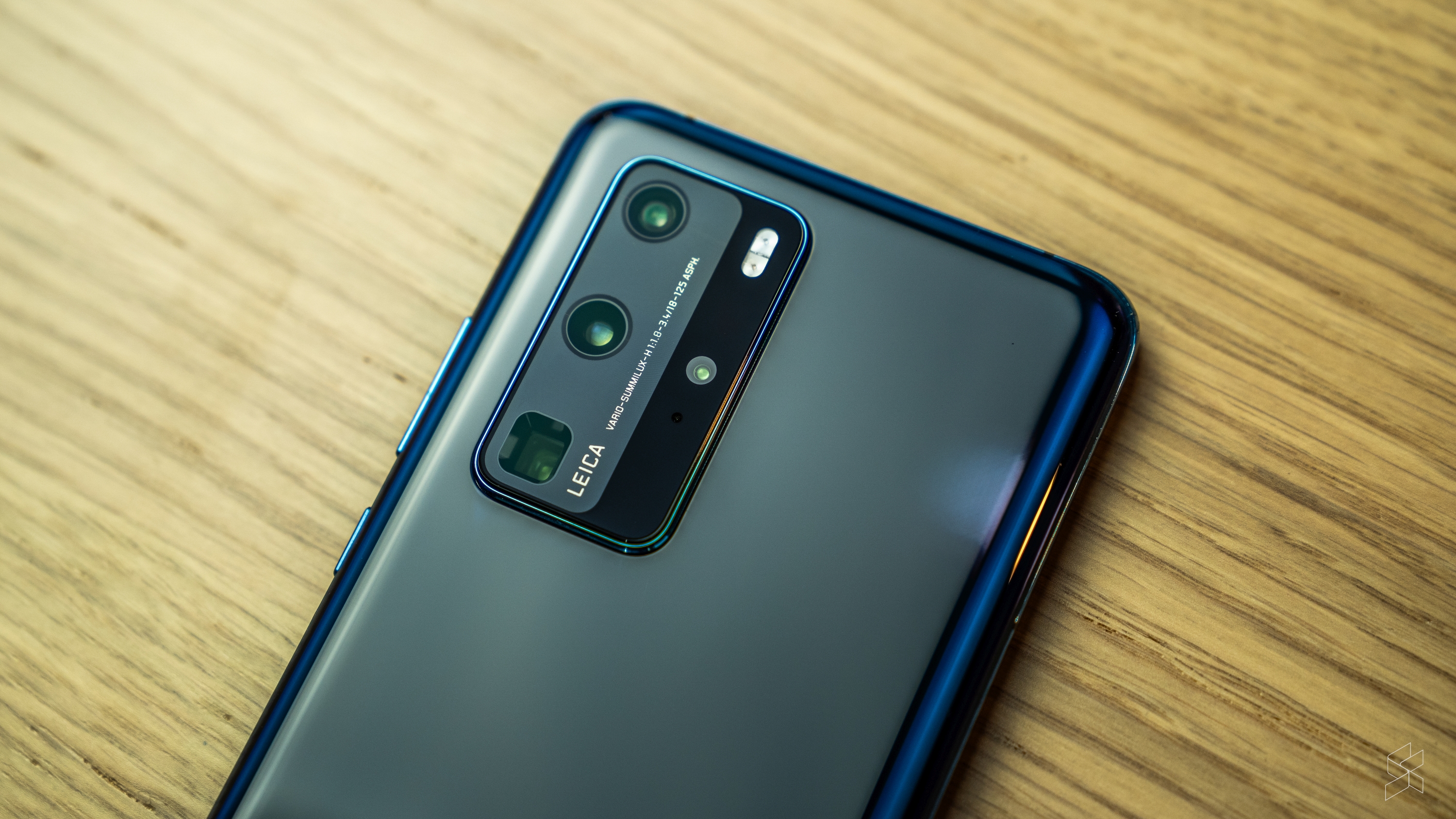
On the P40 Pro, you’re getting a new quad camera setup that consists of an ultra-wide, a wide, a telephoto and a 3D depth sensor. What’s interesting here is that Huawei claims that 50MP wide angle camera has the largest CMOS sensor ever put into a smartphone, and it measures 1/1.28″ with 2.44 micron pixels. That’s a staggering size to fit in a smartphone and that should translate to some stunning low-light performance.
For telephoto, you’re getting a periscope design with a 12MP sensor, and for the ultra-wide you’re getting a 40MP sensor there. Unfortunately, the ultra-wide does not have optical image stabilisation like the other two cameras.
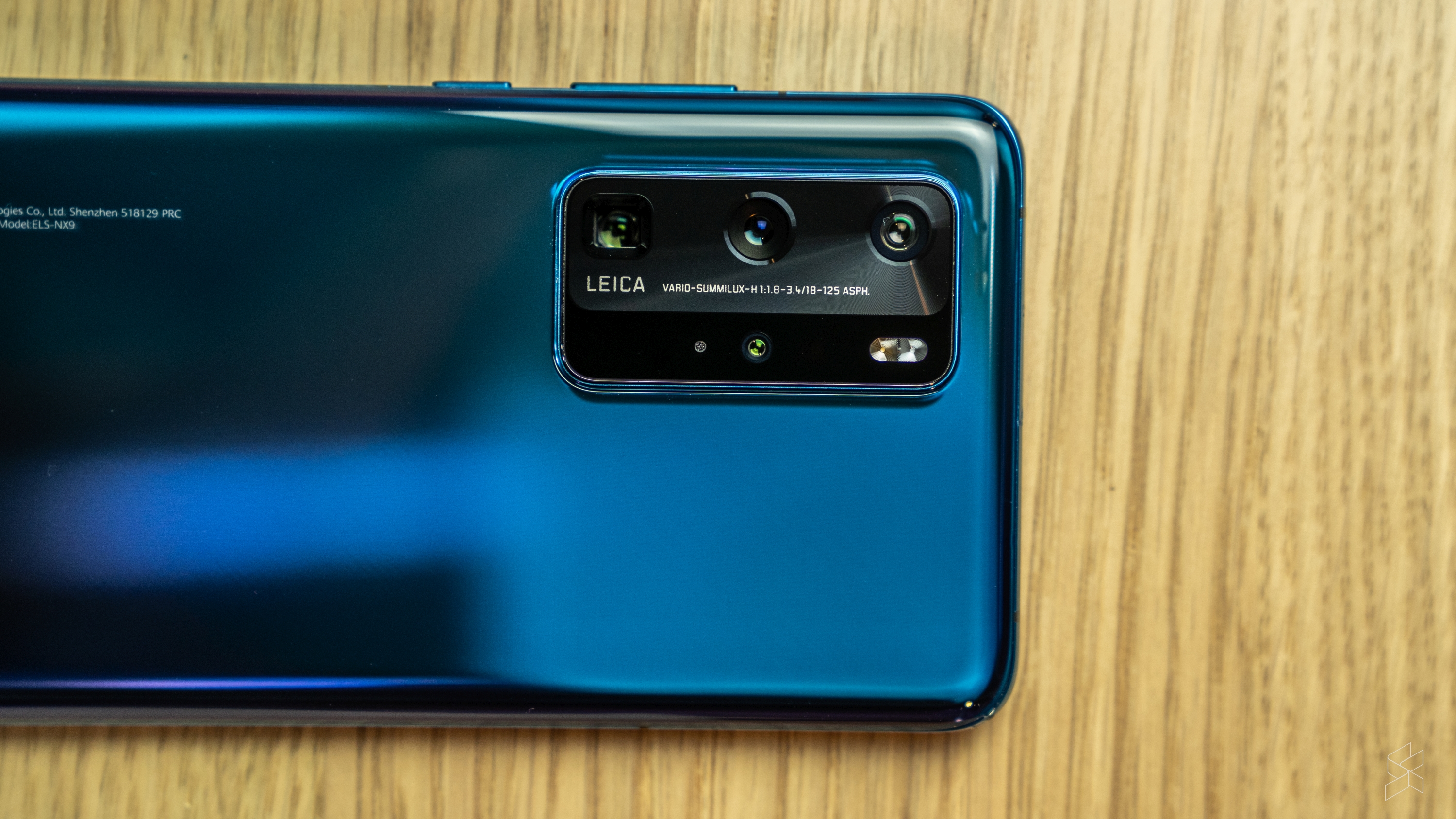
Huawei’s also enhanced the AI camera features on the smartphone with something called Huawei Golden Snap. This encompasses a myriad of things including using AI to find the best photo, but what I’m most interested in testing is the part where this camera can actually remove people from your background and remove reflections from your photos. That sounds pretty dope and I can’t wait to try it out.
Unfortunately, I can’t really say much about the P40 Pro’s camera performance beyond the fact that it its max zoom is also capped at 50x, but let me reassure you that a new post will be coming up soon where we’ll share some of the photos captured directly from that camera. You will want to stay tuned for that.
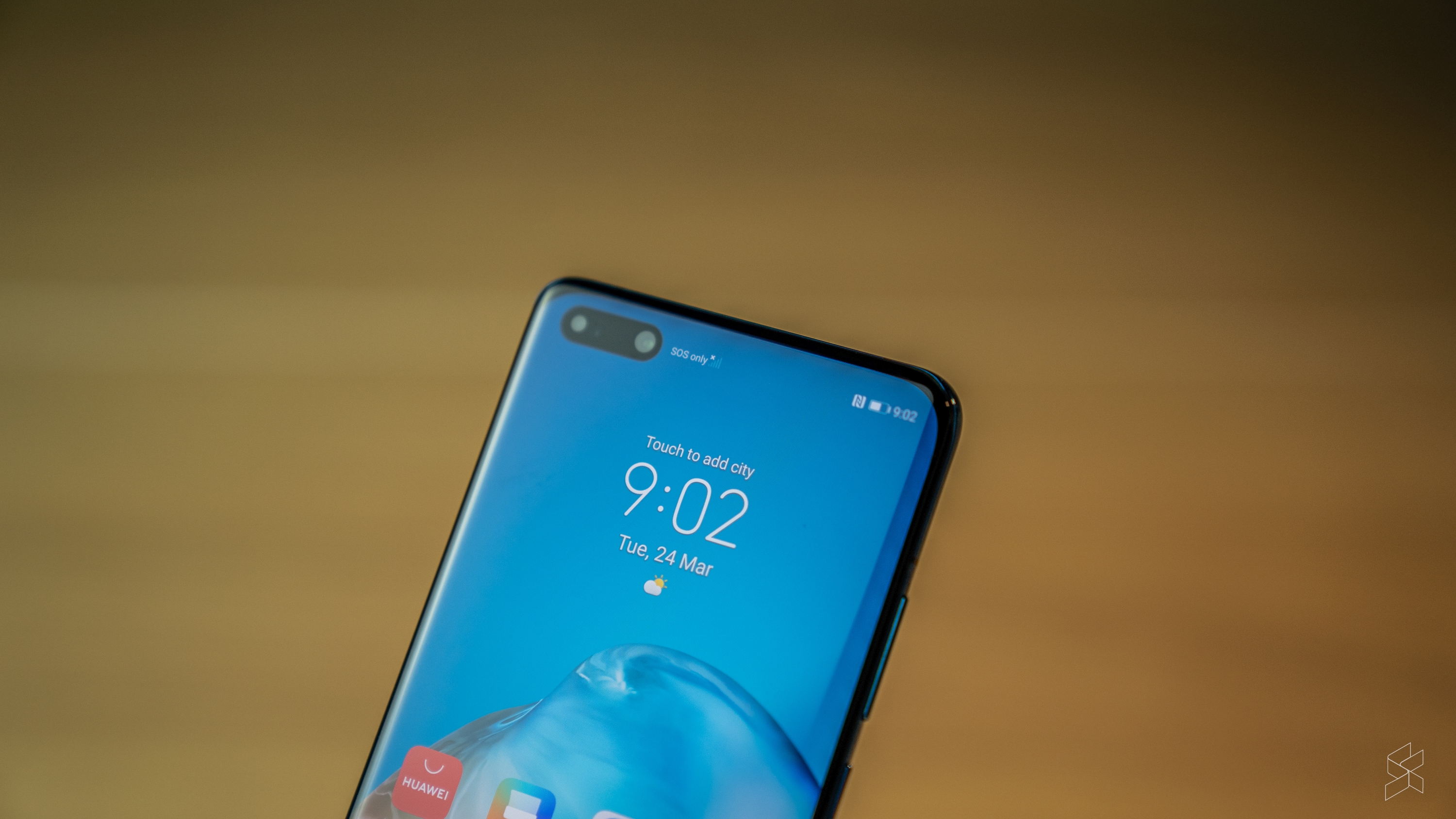
Other features include a 32MP selfie camera up front alongside another 3D depth sensor for better portraits and face unlocking. The fingerprint scanner is still in the display, and from what we can tell it’s still an optical sensor. Oh, but the phone is IP68 dust and water resistant, which is nice.
Obviously, it’s also a 5G capable smartphone, but fascinatingly it has support for something called WiFI 6 Plus, which is not a standard I’m intimately familiar with. Huawei also developed something called Huawei MEETime which is basically their answer to FaceTime, only it apparently works better in low light.
Now, it’s time to talk about what isn’t there
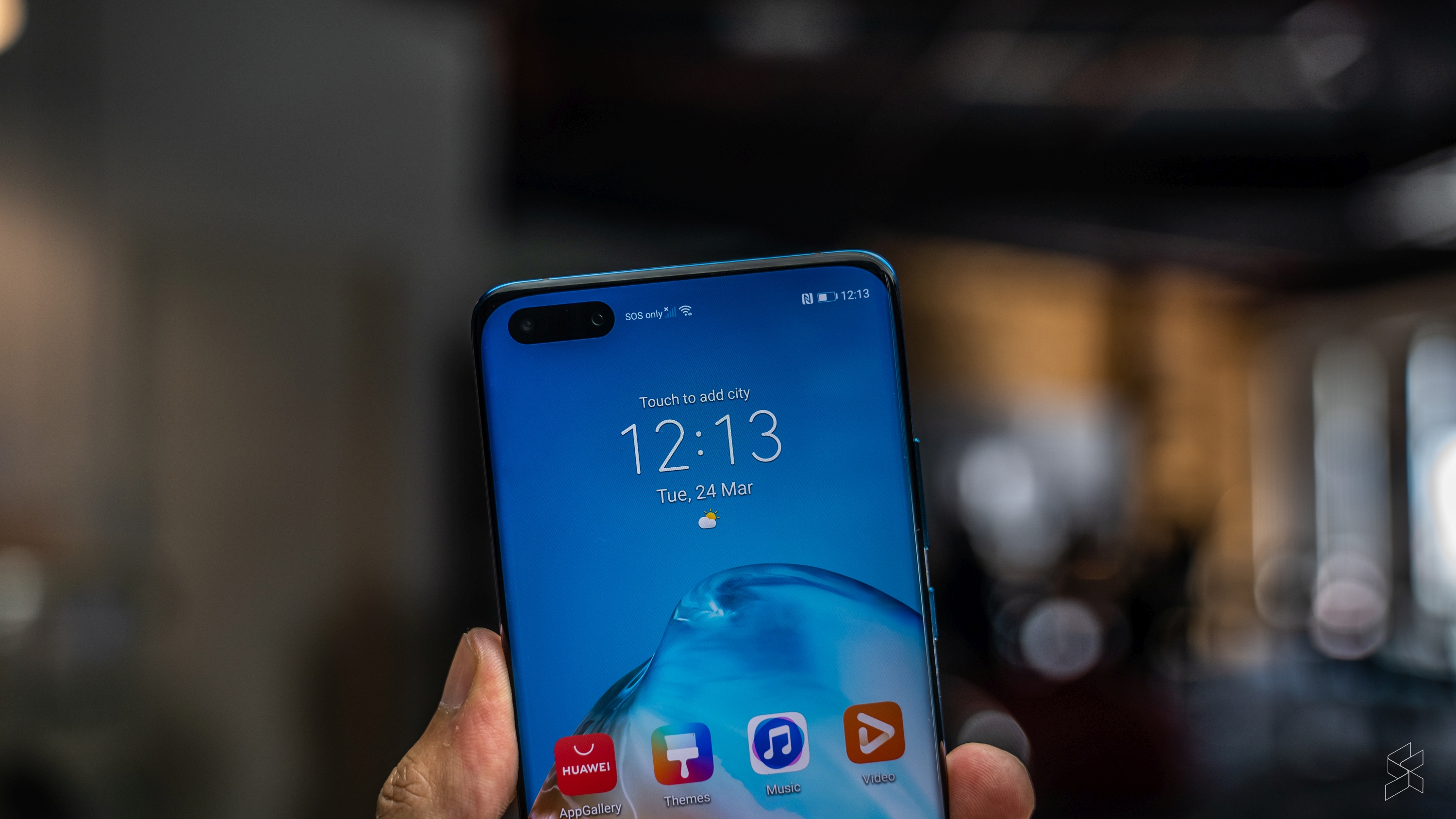
Let me start with stereo speakers. Why, Huawei, are there still no stereo speakers on your high-end flagship smartphone? It’s almost mandatory by now so I continue to be befuddled by the fact that you have not included this very important flagship smartphone feature.
There also isn’t any option for microSD card expansion because Huawei forces you to use their proprietary NM cards which as far as I can tell offer basically no benefit to your user experience, but I digress. You still have a way to expand storage, and I guess that’s the main point. Even if that way is a really inconvenient way.
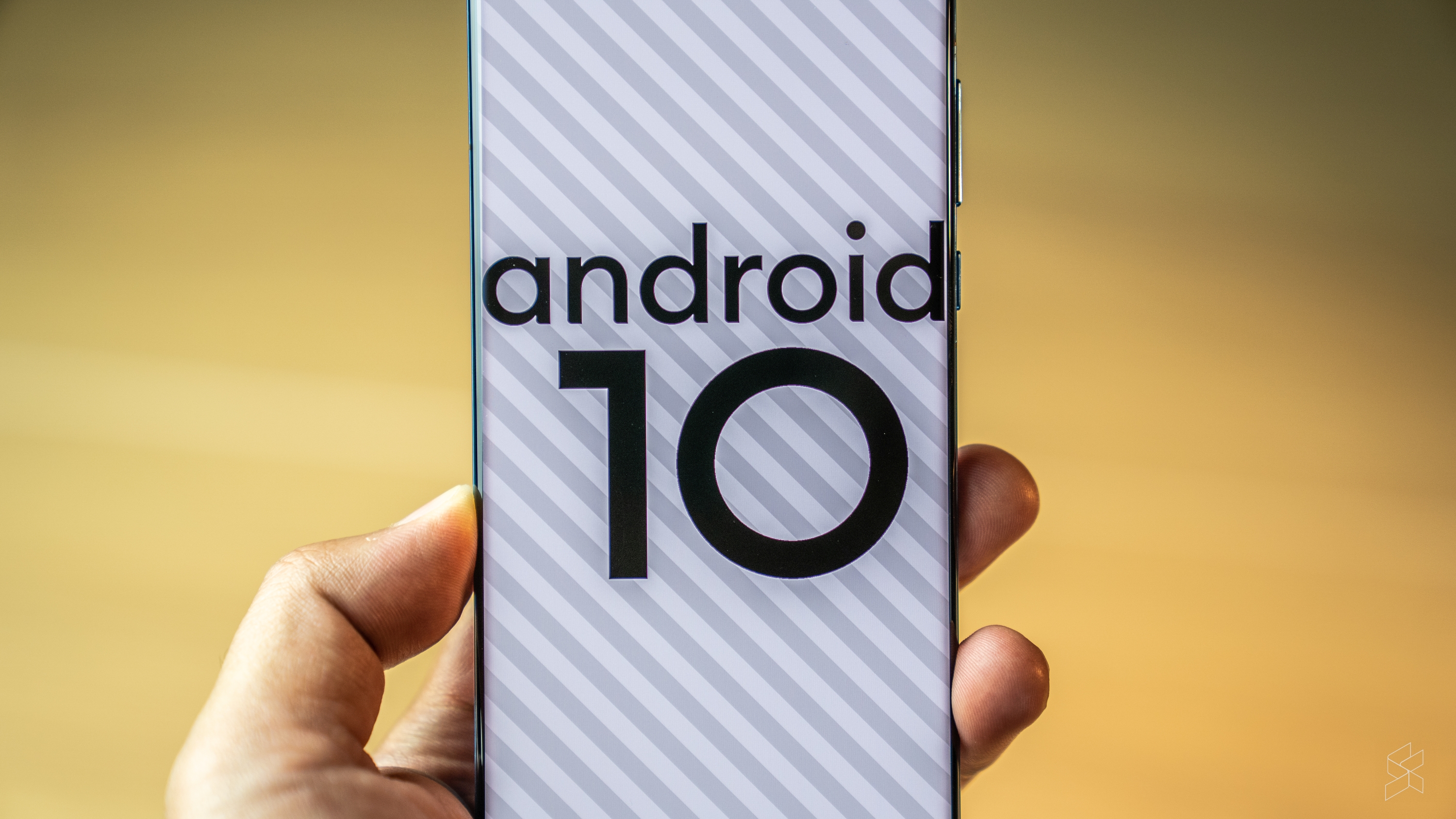
Finally, we’ve got the elephant in the room: there is still no support for Google Mobile Services (GMS). Huawei CEO Richard Yu was very frank in his keynote, addressing the fact that they’ve had a good relationship with the search engine giant, and together they’ve generated a lot of revenue for each other.
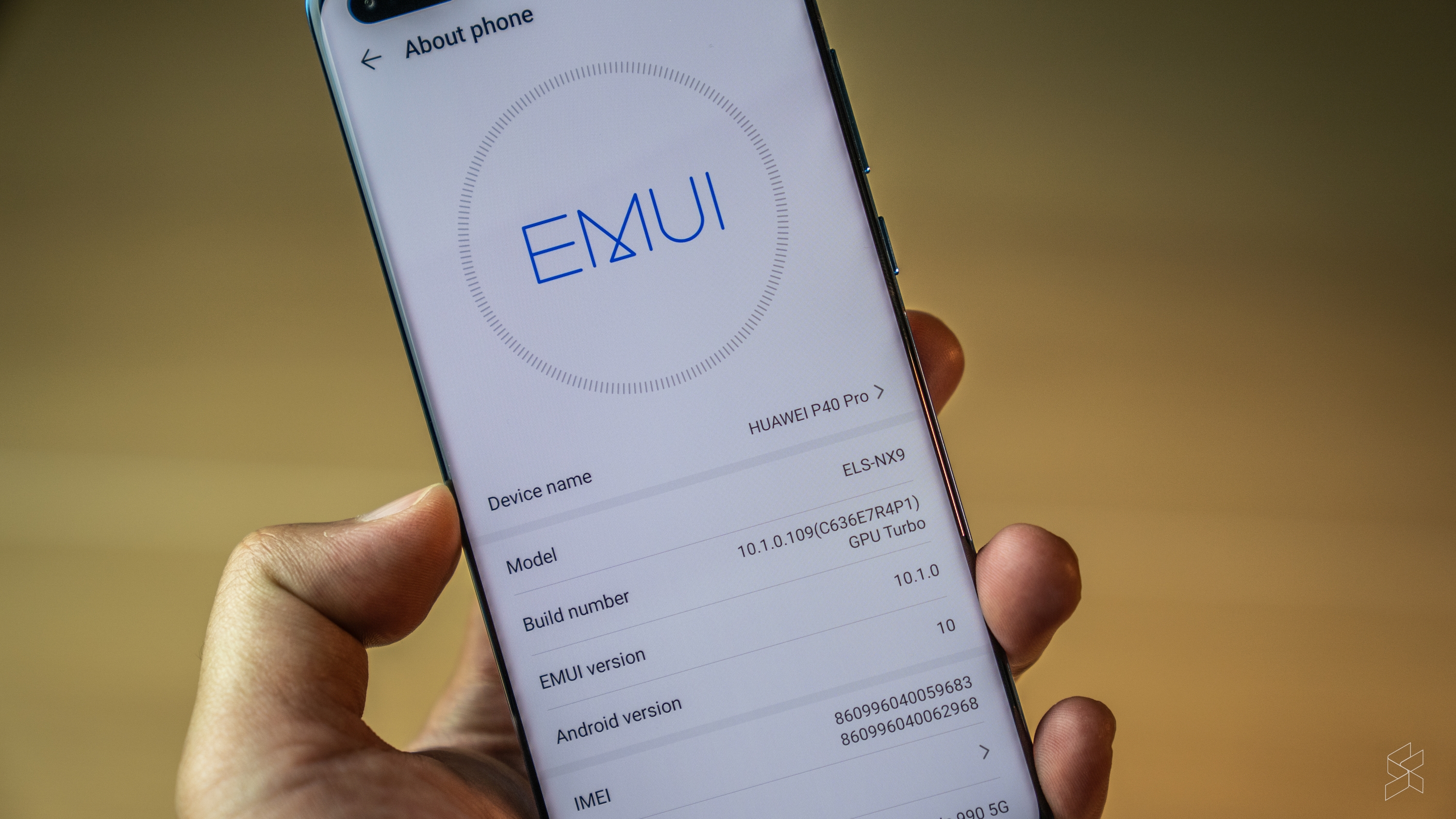
But, the ban is still in place, and you still won’t get access to GMS if you buy this smartphone. All you will get is Huawei Mobile Services (HMS), which Richard Yu claims is even better than GMS, though that’s something I hesitate to believe right now. Maybe in the future, but for now I’d much rather have GMS.
And that, perhaps is this smartphone’s Achilles heel.
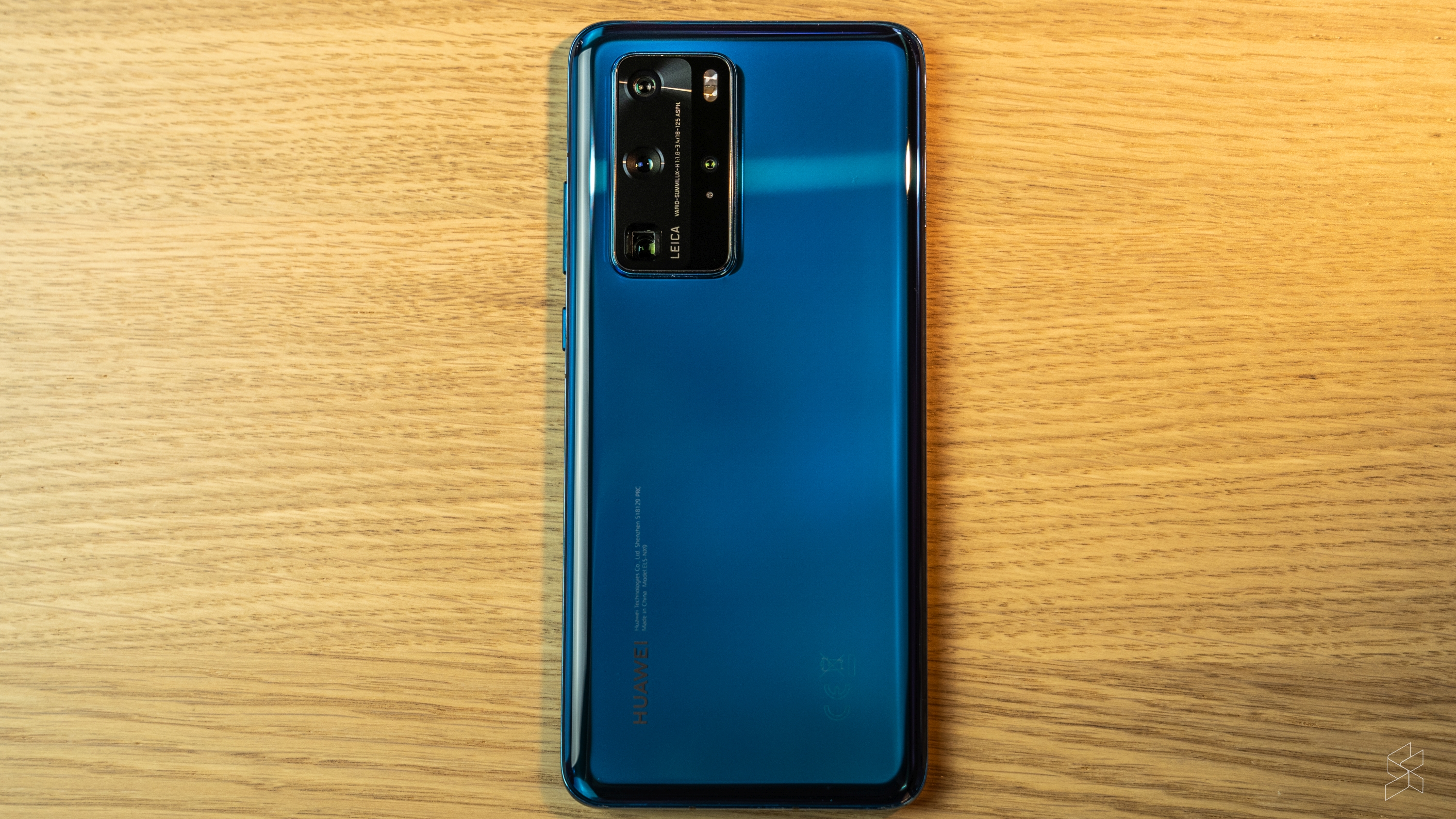
As a whole, the P40 Pro feels a lot more like a “tock” update from the P30 Pro because I don’t really see that many revolutionary things here. There’s a lot of potential in the camera, but I won’t pass judgement on that until I’ve seen it in action against the other giants in one of our classic camera comparisons.
And everything is riding on that because the rest of the phone seems like a pretty standard affair—which wouldn’t be a bad thing if your smartphone didn’t also lack GMS. Without GMS, you’ve really got to bring your A-game if you want to convince people that this smartphone is so much better than the other high-end Android smartphones with GMS, that you wouldn’t mind losing out on that just to own the new Huawei.
But from where I’m standing, it’s still a tough ask. Maybe when I get more time with the phone, I’ll change my mind. I doubt it, but I’m still open to be proven wrong.
Photography by Hanif Azrai on the Sony A7 III.
PS: This post is best viewed on a desktop.








